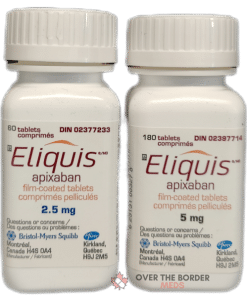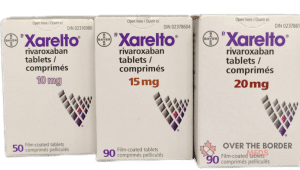Aging with Rhythm: Mastering AFib Treatment in the Elderly
Aging with Rhythm: Mastering AFib Treatment in the Elderly
The treatment of atrial fibrillation in the elderly, a common heart rhythm disorder, requires a nuanced approach tailored to the specific needs of this population group. The most common treatment for AFib involves anticoagulation therapy, primarily using novel oral anticoagulants (NOACs). This article delves into the subtleties of treating atrial fibrillation in the elderly, encouraging confidence in medication and lifestyle adjustments.
The Pillar of AFib Management: Anticoagulation Therapy
At the heart of managing atrial fibrillation (AFib) in the elderly is anticoagulation treatment, with novel oral anticoagulants (NOACs) leading the way. Examples like dabigatran, Xarelto, and Eliquis have revolutionized treatment. These NOACs are favored for their user-friendly nature, minimal need for regular blood tests, and fewer dietary restrictions, unlike warfarin. By significantly lowering stroke risk, a major concern in AFib, NOACs offer not just medical benefits but also peace of mind for patients and their loved ones.
Affordability
Americans can find more affordable atrial fibrillation treatments by purchasing Xarelto and Eliquis from Canada, where they are often much cheaper. Additionally, generic versions of these medications are available in Canada, offering effective treatment at a significantly lower cost, making this a budget-friendly option for many.
In atrial fibrillation treatment in elderly, carefully considering the benefits of NOACs for anticoagulation against possible bleeding risks is essential. Consulting a healthcare provider ensures a treatment plan that is tailored to individual needs and safety.
Beyond Medication: Rate and Rhythm Control
To manage AFib effectively, medication is often paired with rate or rhythm control strategies. Medications such as beta-blockers control the heart rate, while procedures like catheter ablation target the heart’s electrical malfunctions to restore a normal rhythm. These treatments, particularly catheter ablation, have shown promising results in maintaining a steady heart rhythm, which is crucial for enhancing the quality of life in elderly patients.
The Lifestyle Equation: Activities and Diet
When it comes to AFib, what you do and eat matters as much as your medication. Elderly patients are advised to avoid strenuous activities and heavy lifting, which can aggravate AFib. Instead, engaging in moderate, heart-healthy activities like walking and light aerobic exercises can be beneficial. Diet also plays a key role. A balanced diet, low in salt and high in heart-healthy nutrients, can go a long way in managing AFib symptoms.
The Power of Personalized Care
Treating AFib in the elderly isn’t a one-size-fits-all approach. It requires a personalized treatment plan that takes into account the patient’s overall health, comorbidities, and lifestyle. This tailored approach ensures that the treatment is not just effective but also aligns with the patient’s individual needs and preferences.
Conclusion: A Journey Towards Better Health
Embarking on AFib treatment is more than just starting a medication; it’s about embracing a journey towards better health and quality of life. With the right combination of medication, lifestyle changes, and medical guidance, elderly patients with AFib can look forward to enjoying their golden years with peace and vitality. Starting medication can be a significant first step in this journey, offering a path towards stability, comfort, and longevity.
References:



